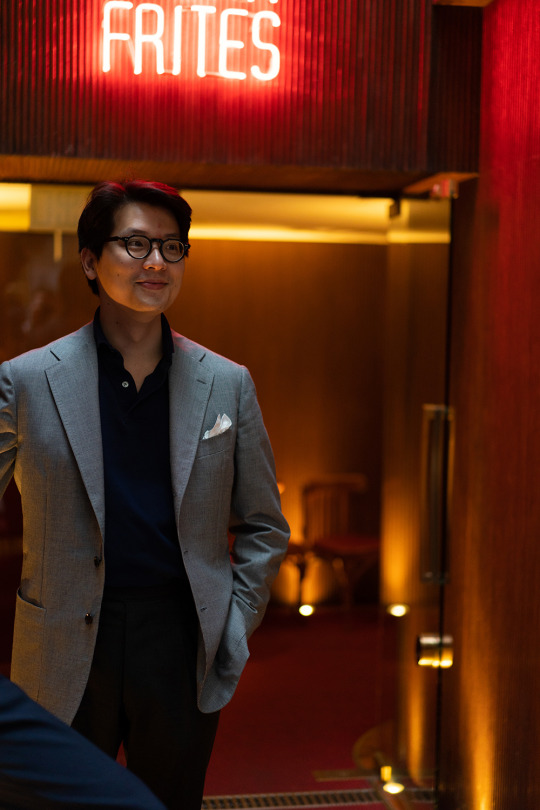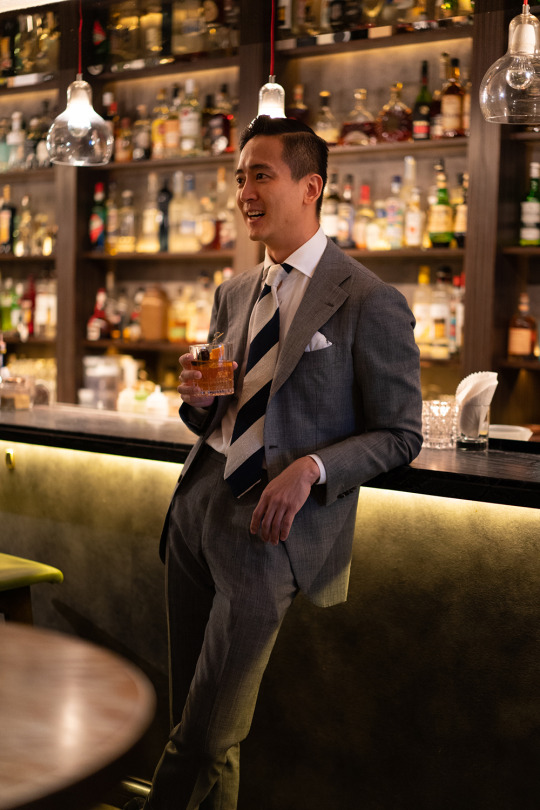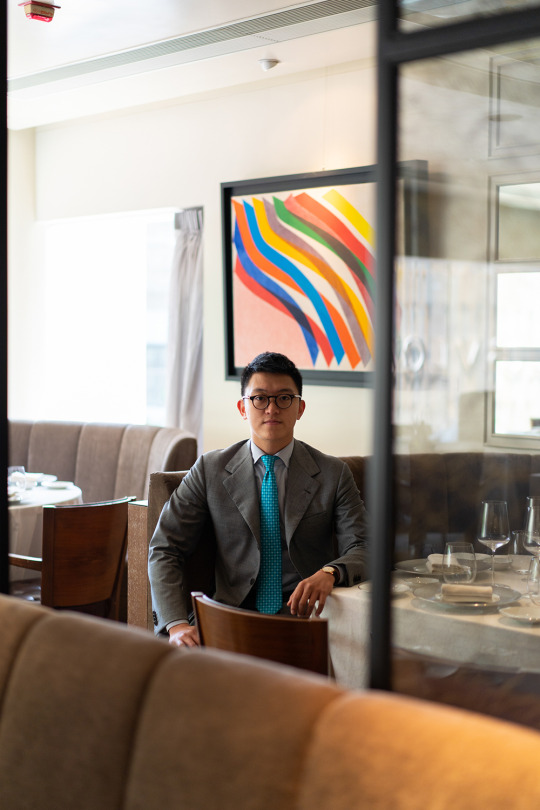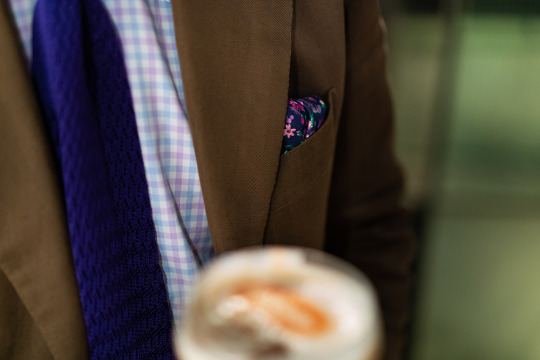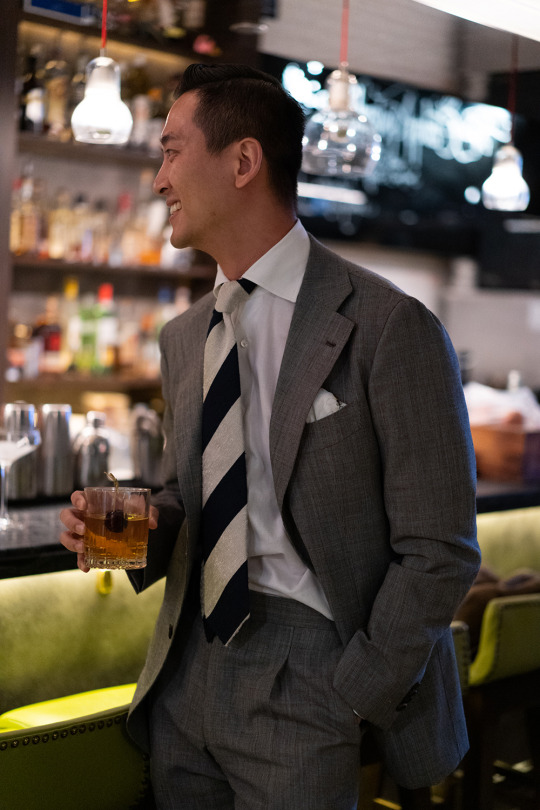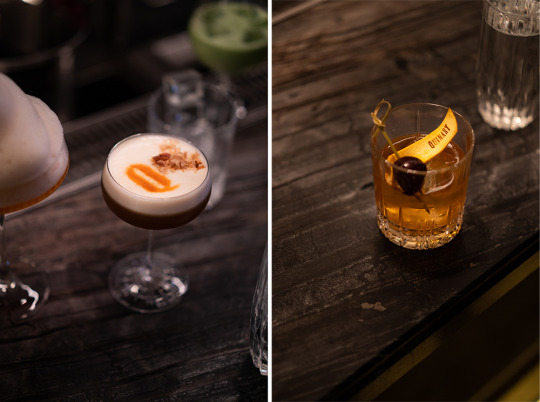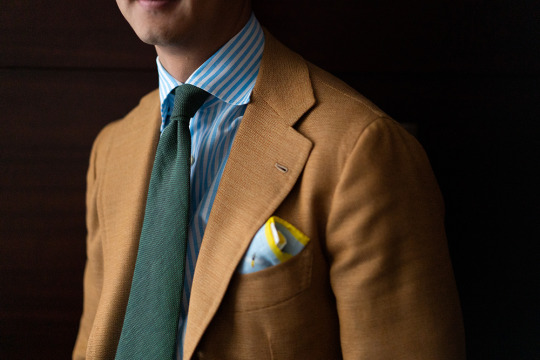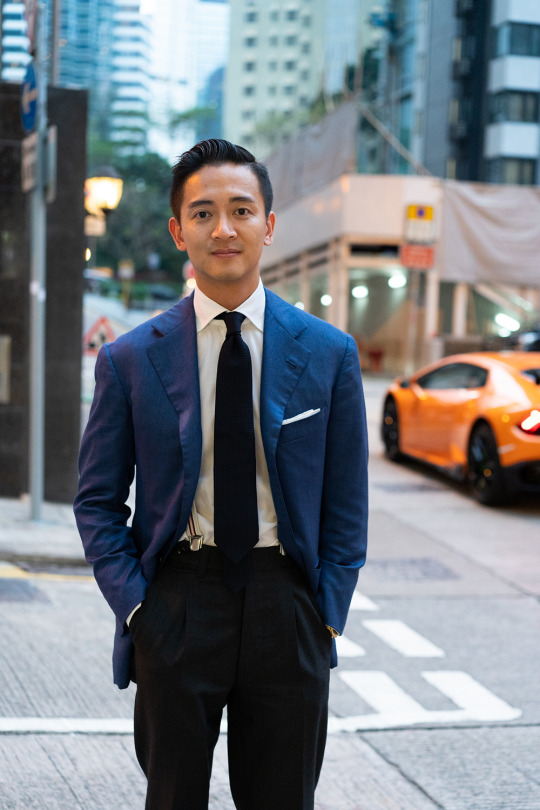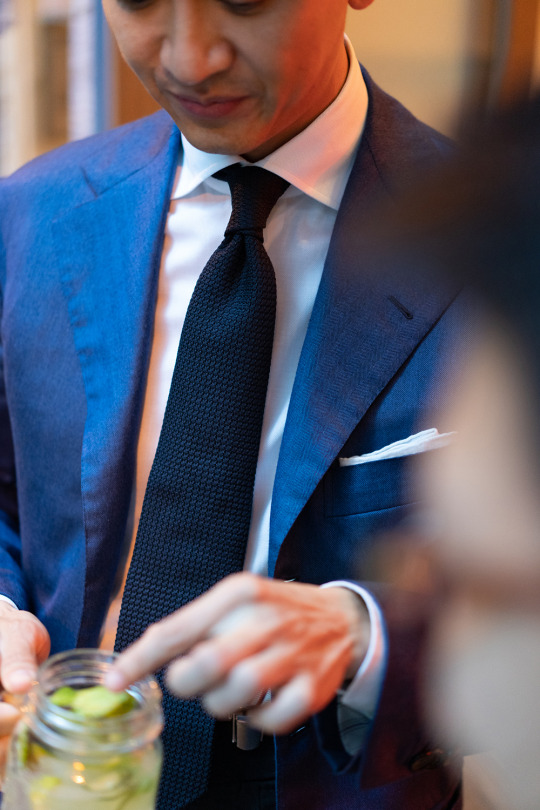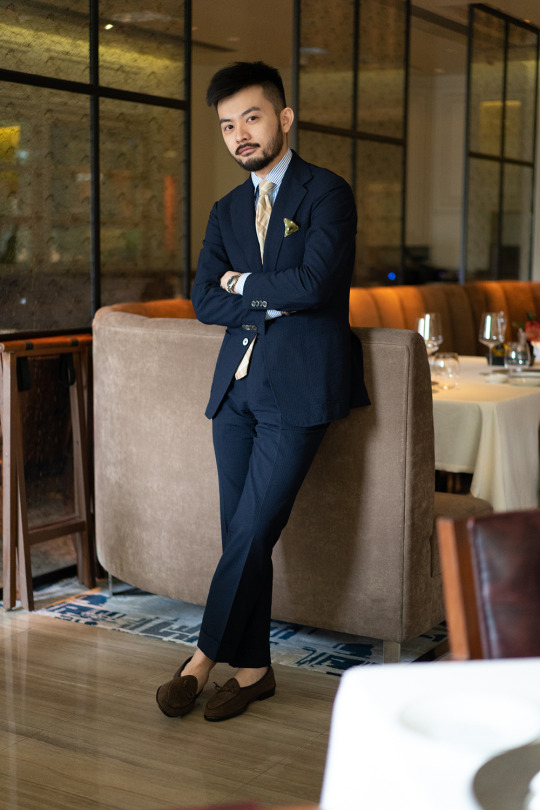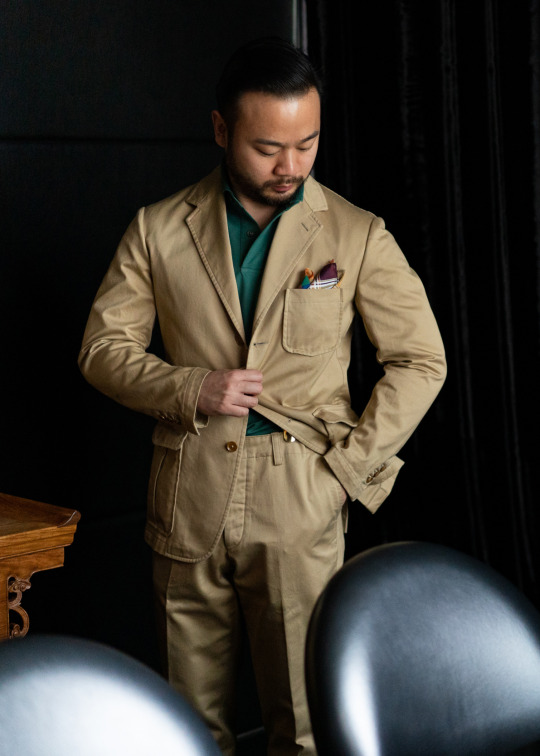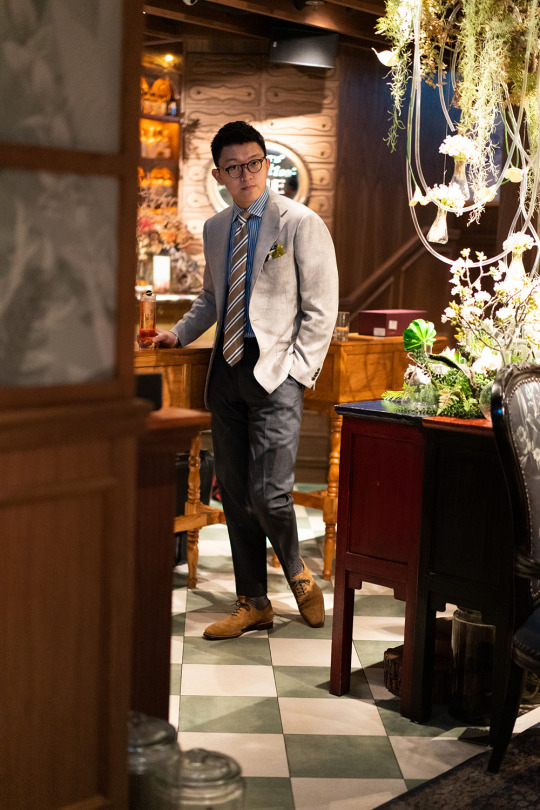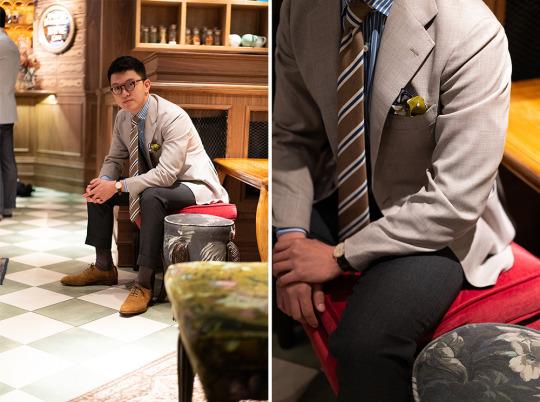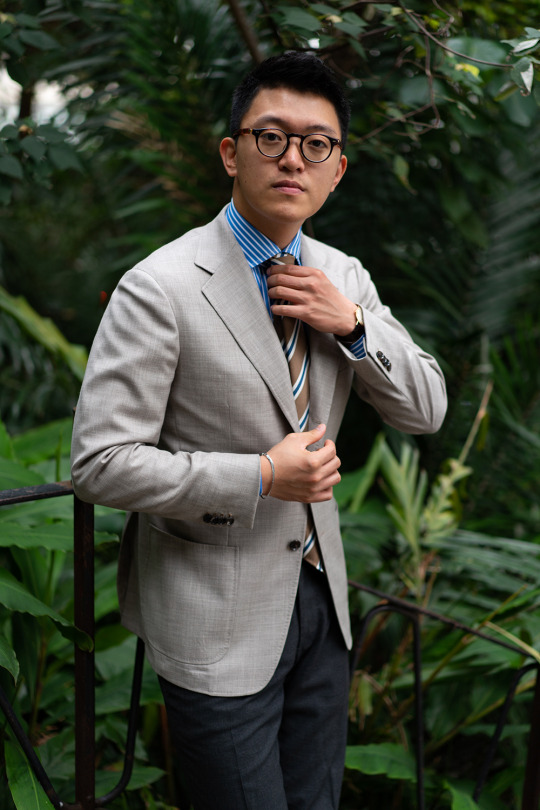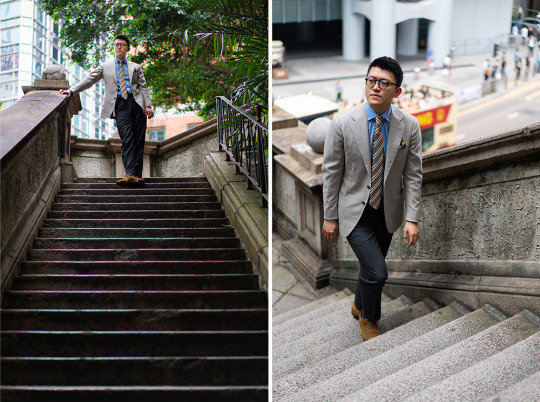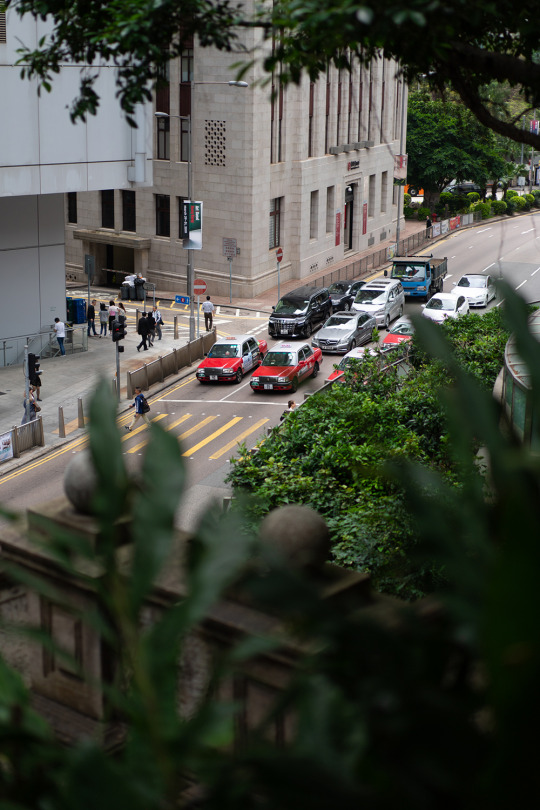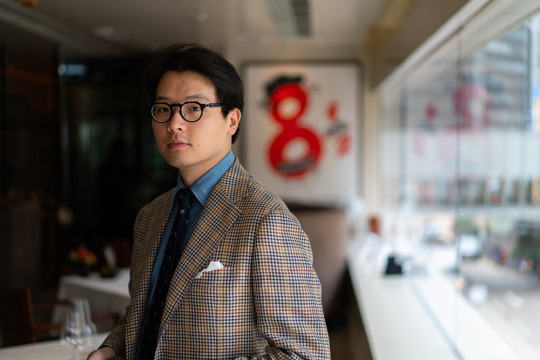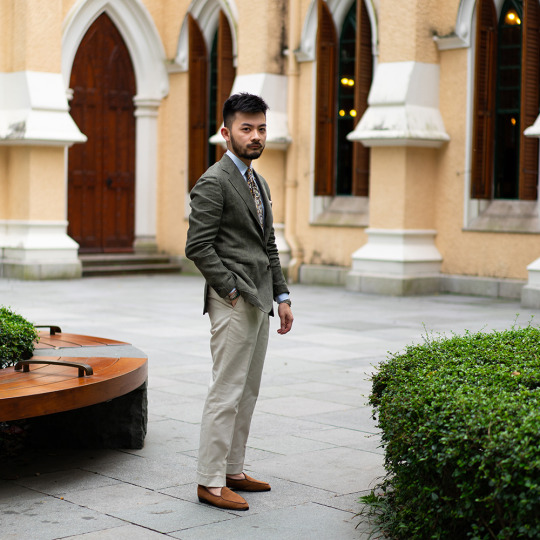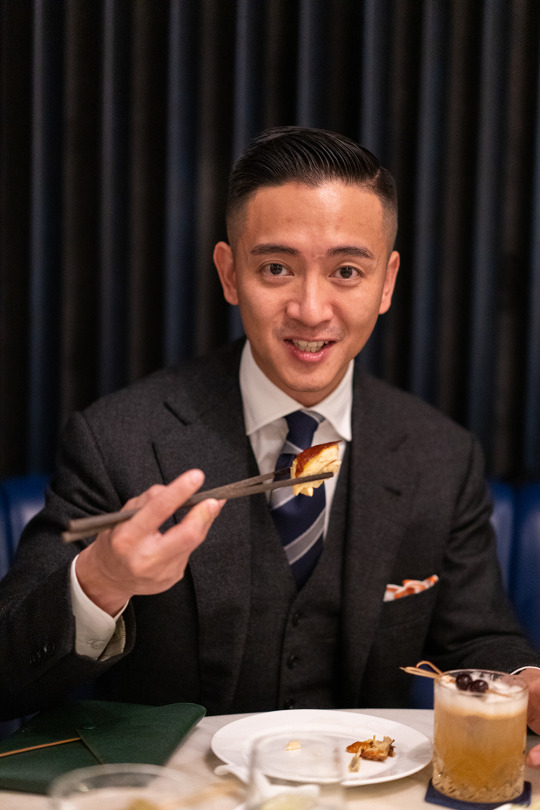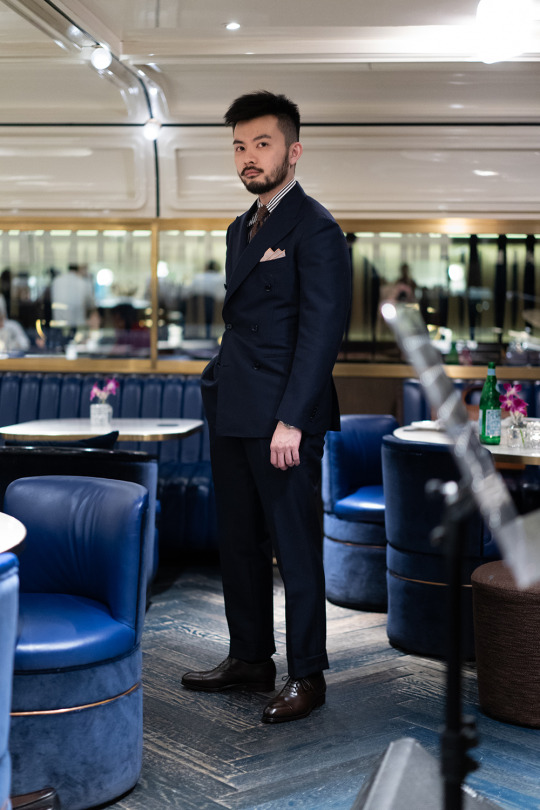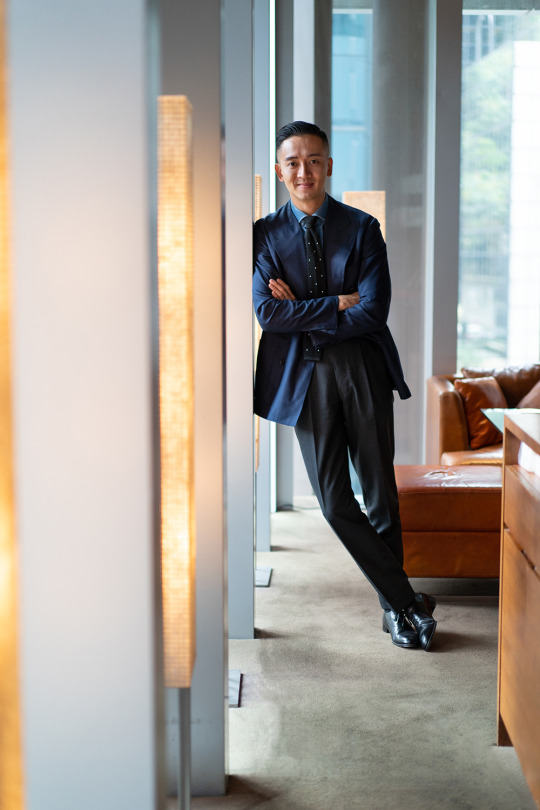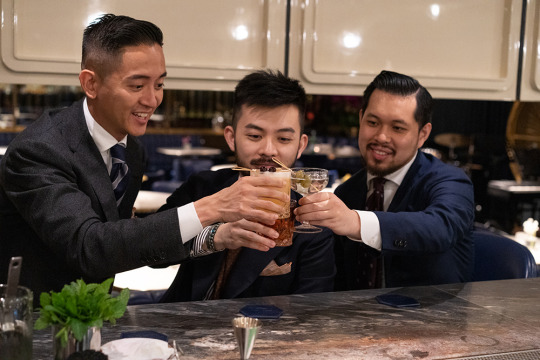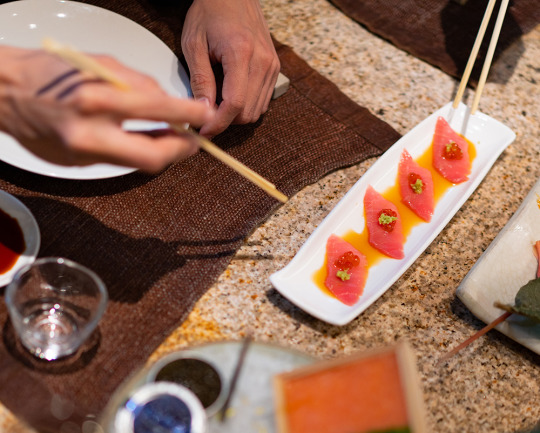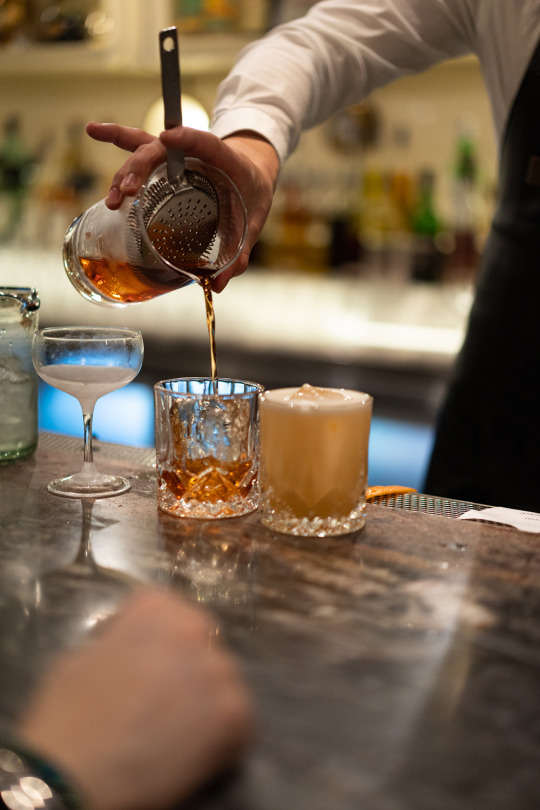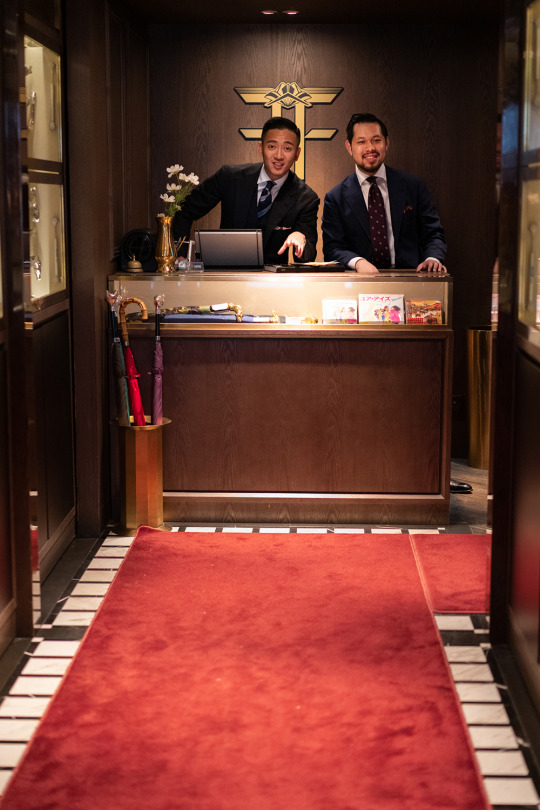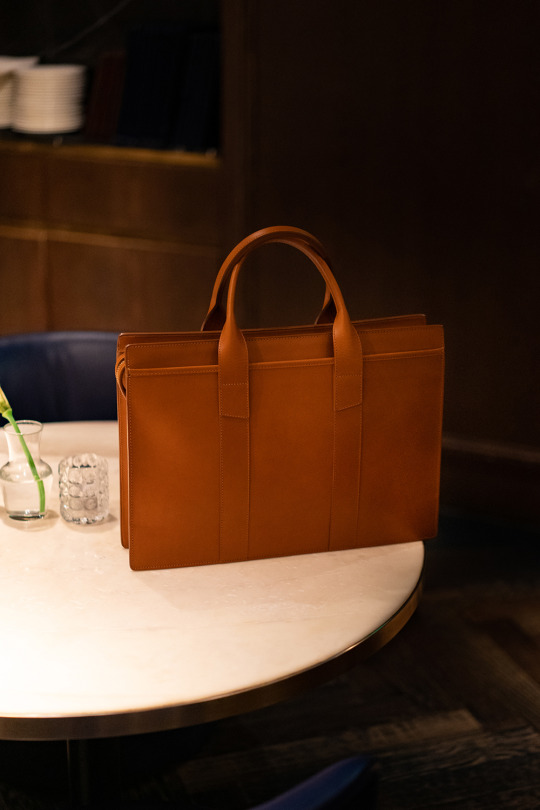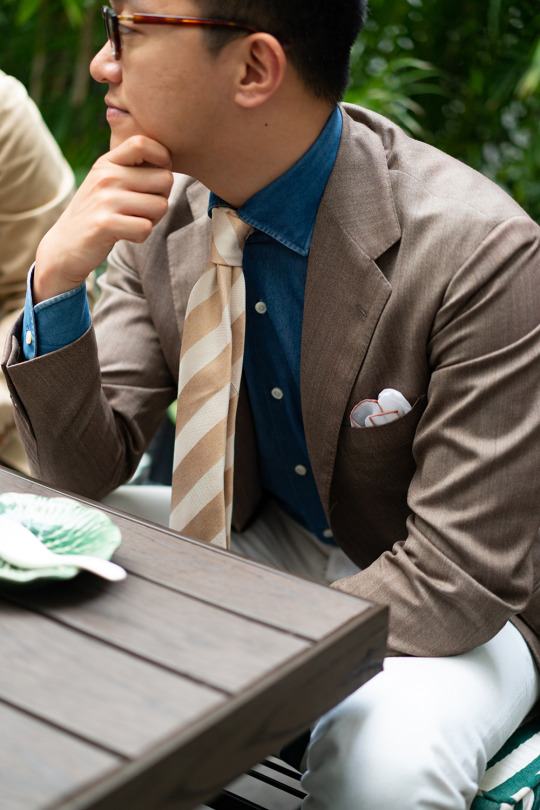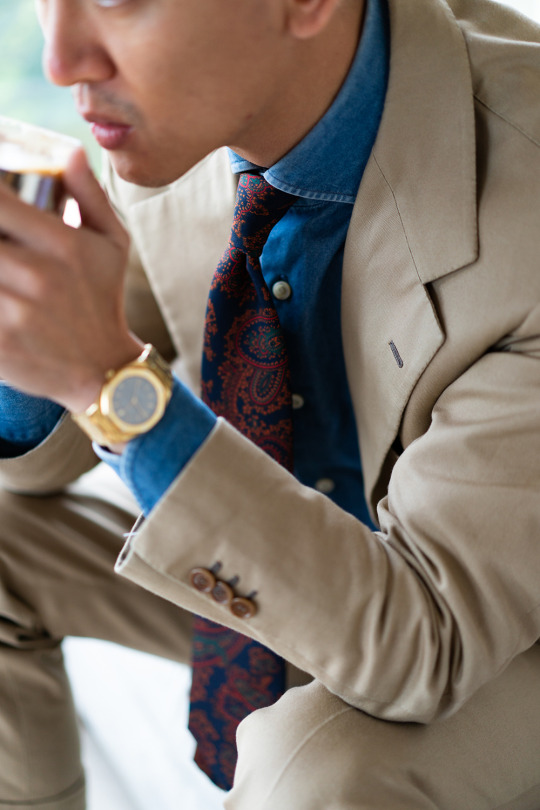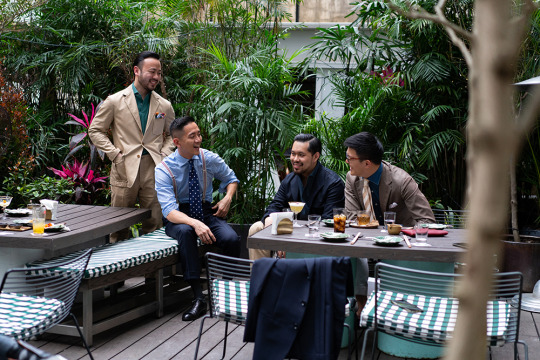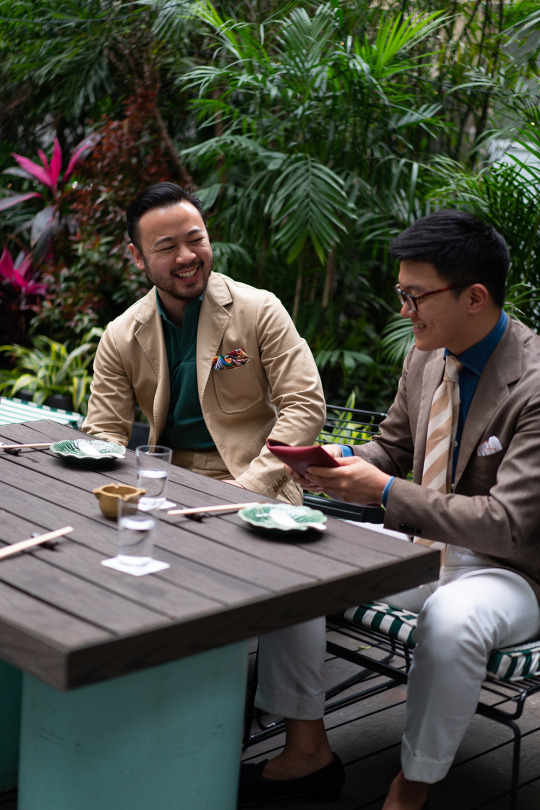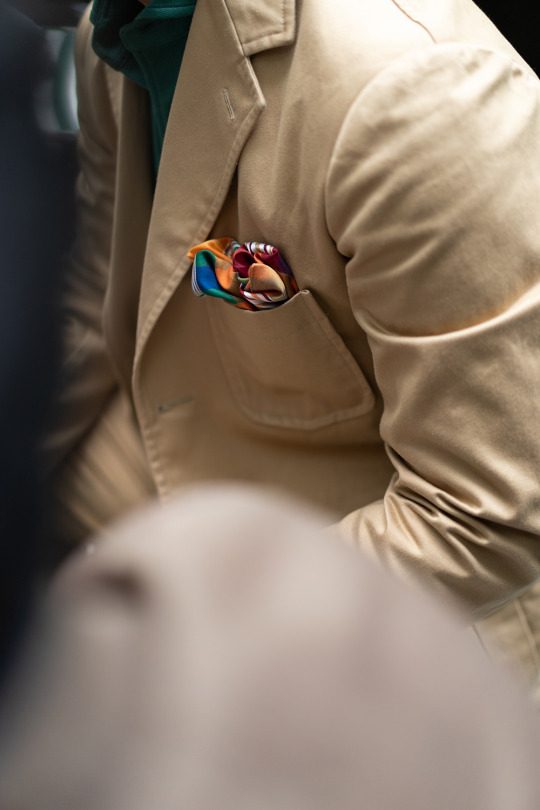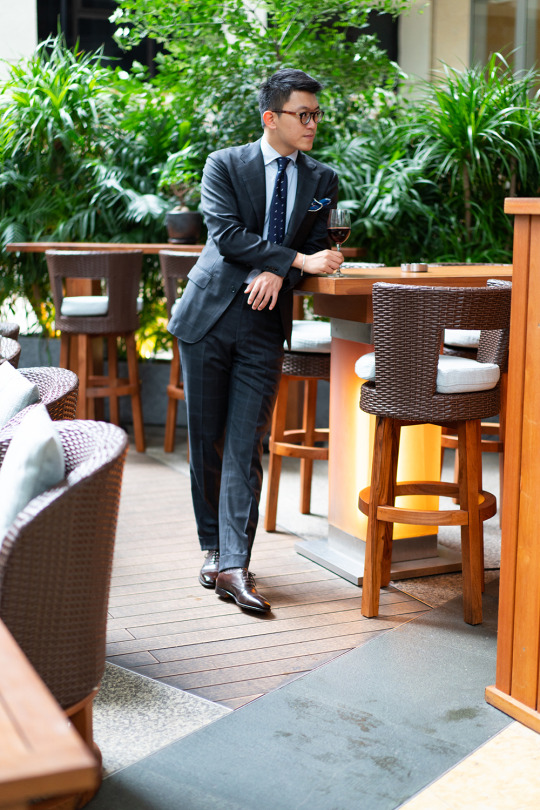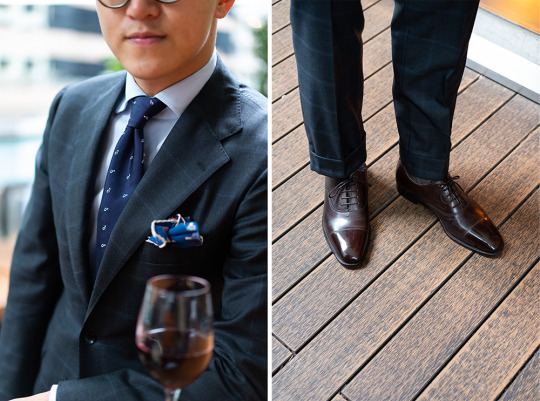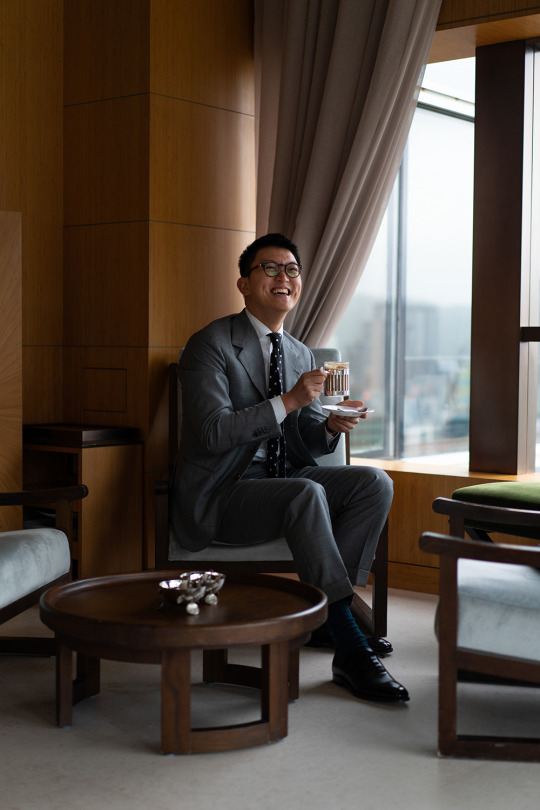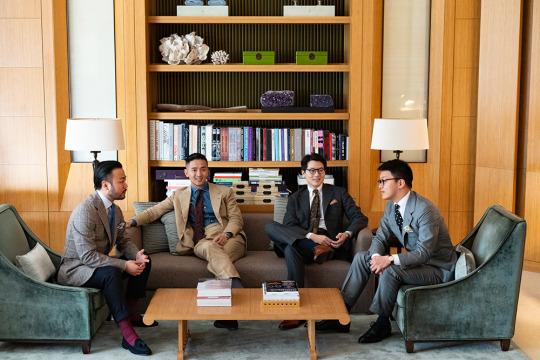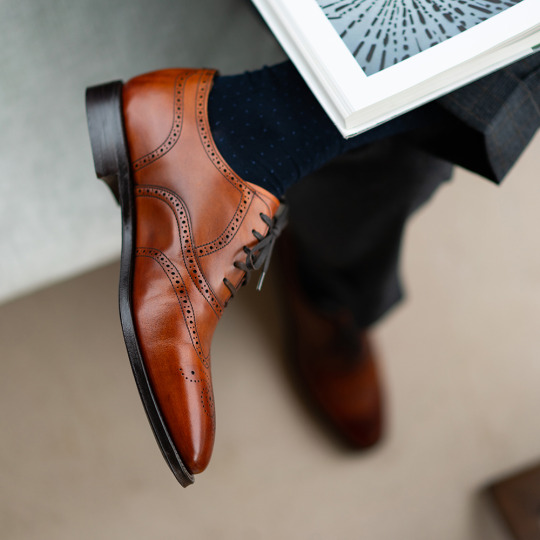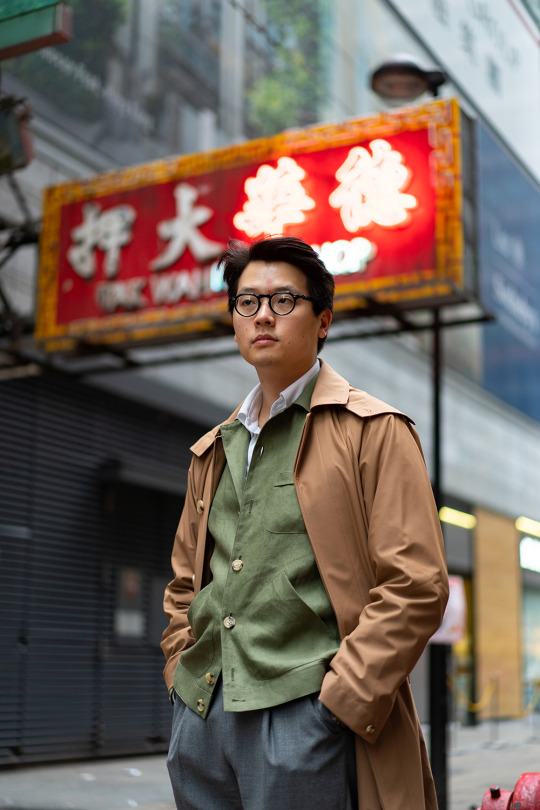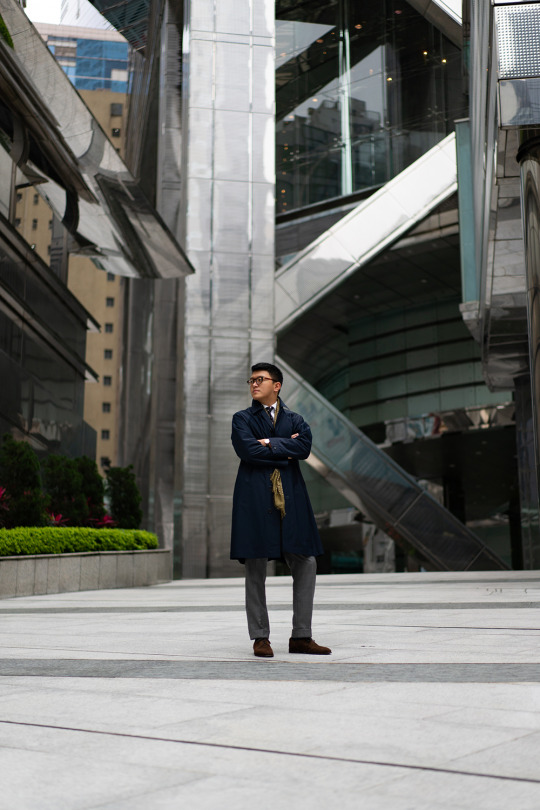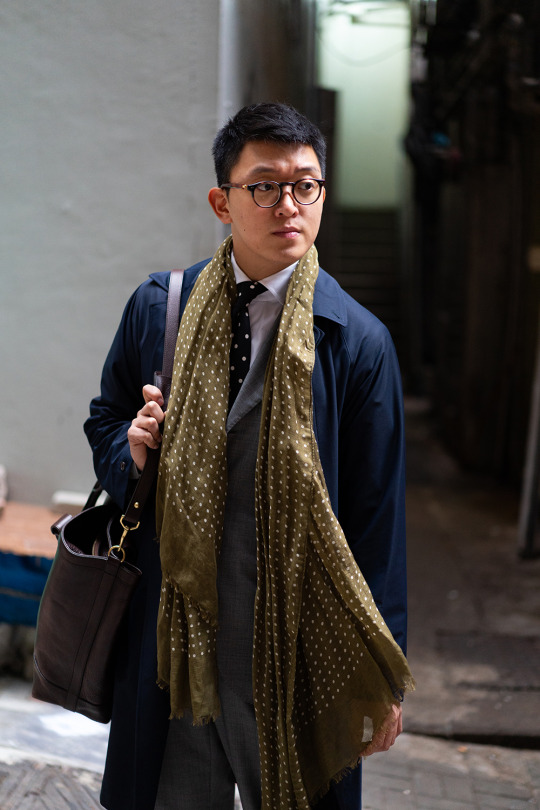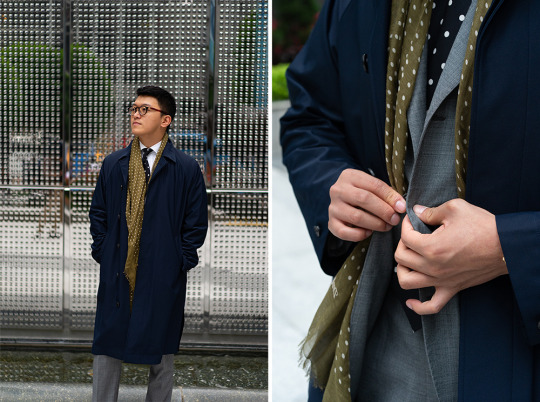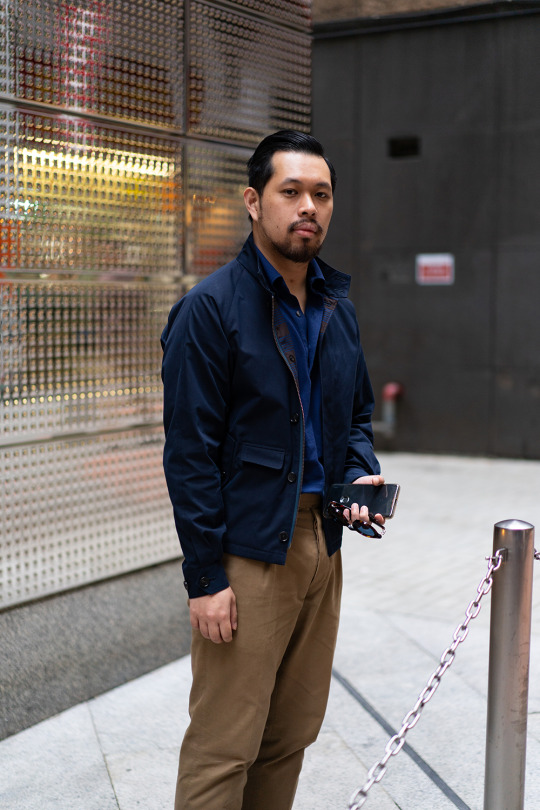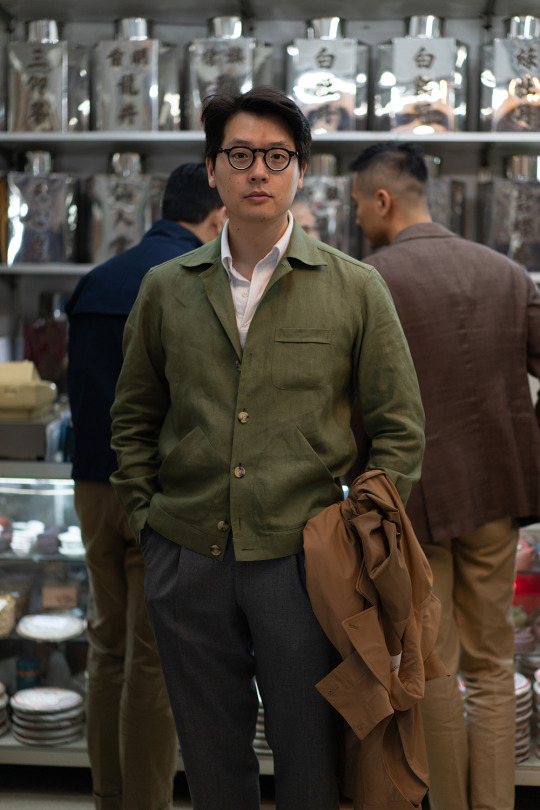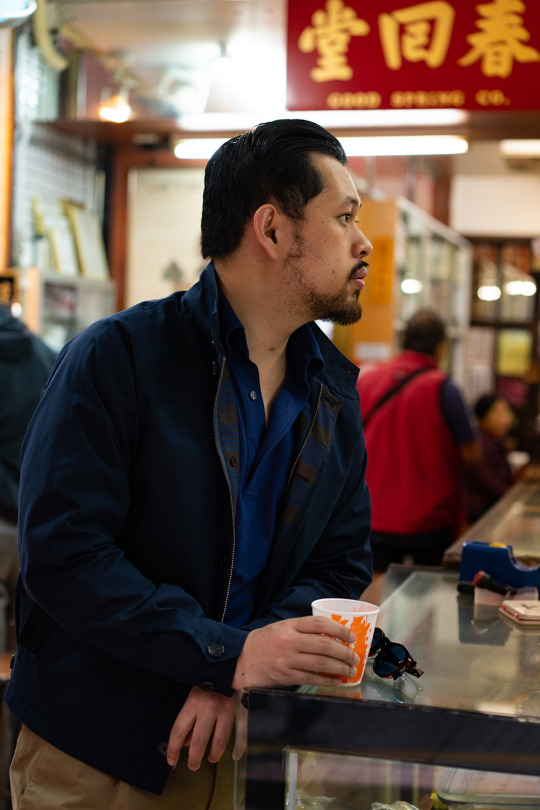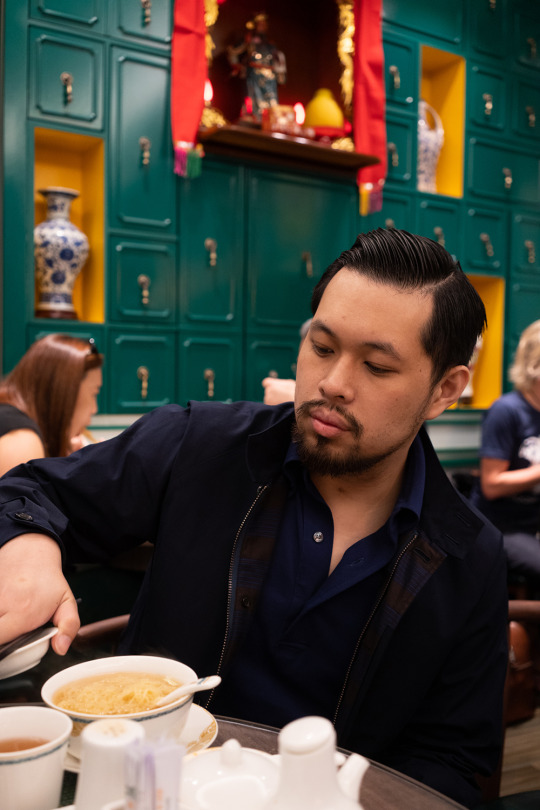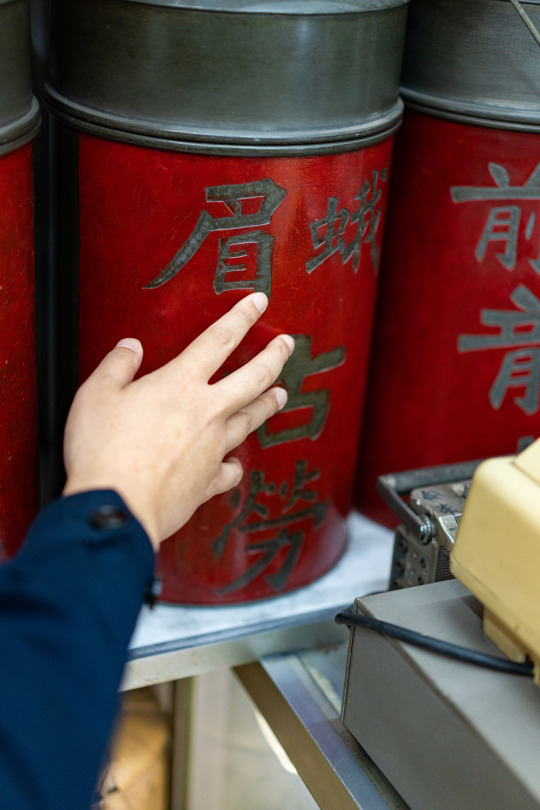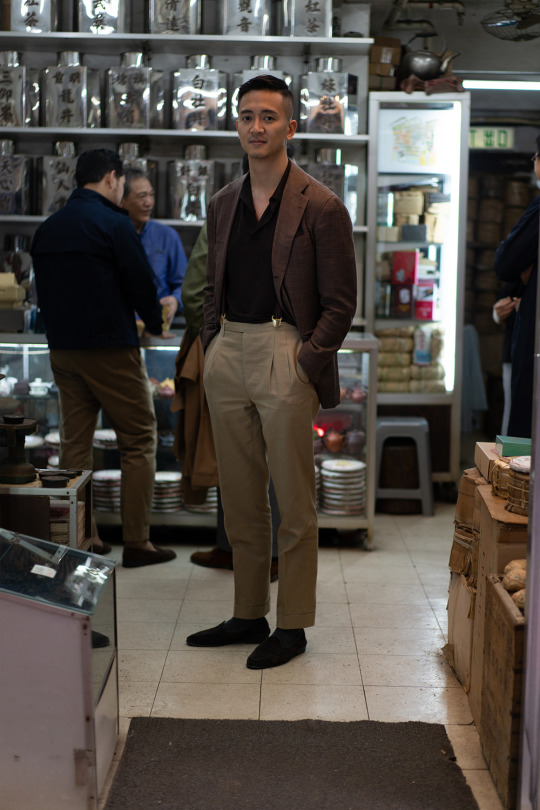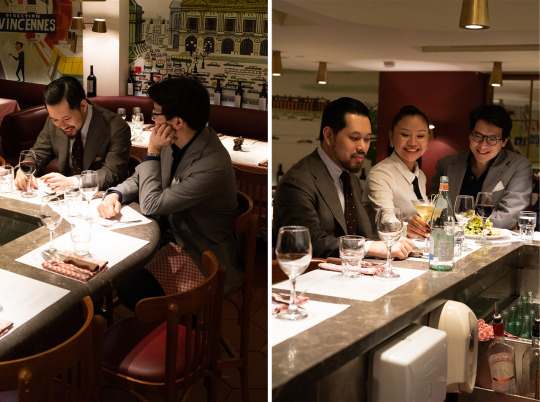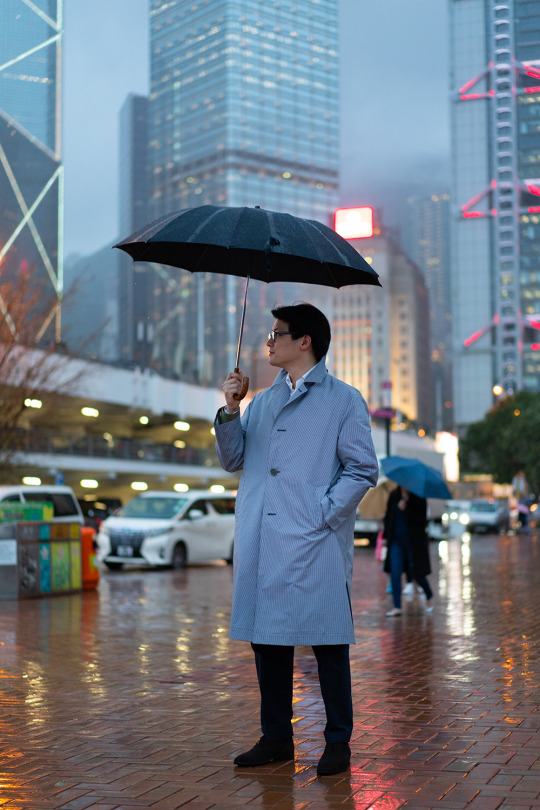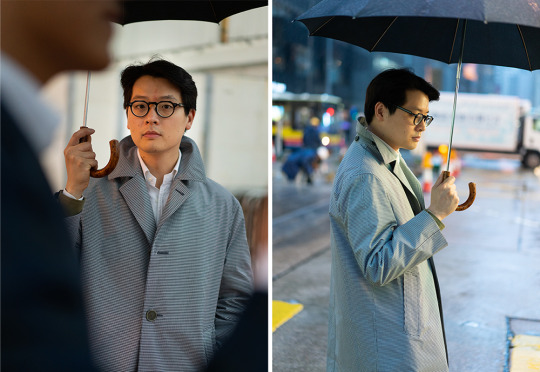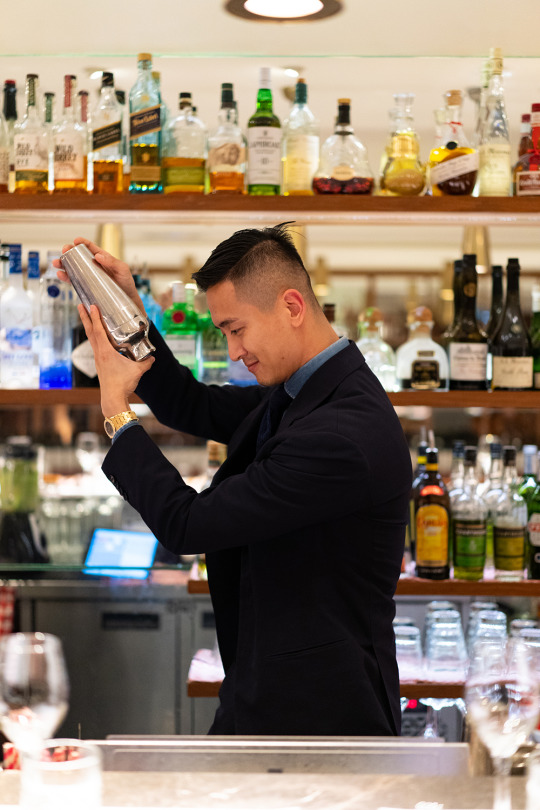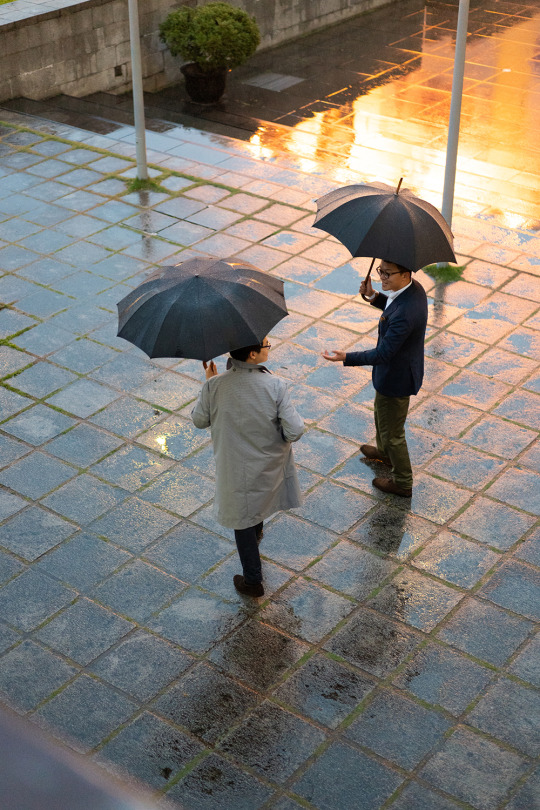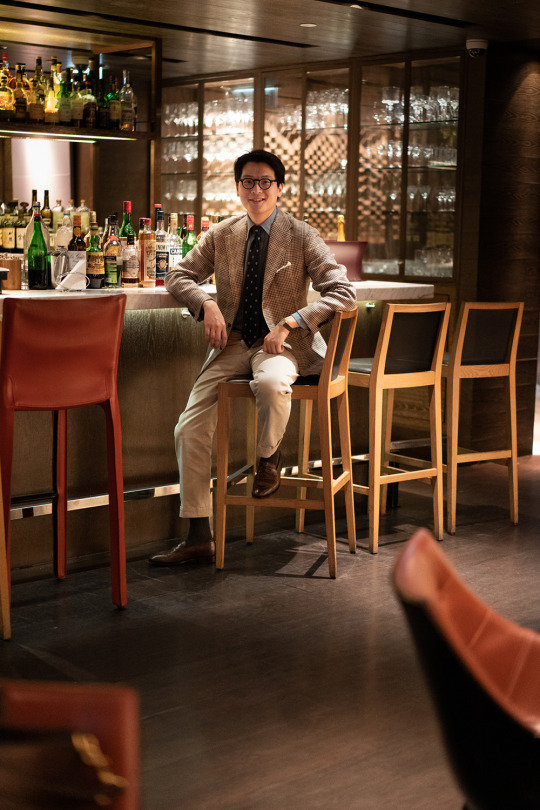
A few months ago, L Brands, formerly known as The Limited, shuttered all 23 of their Henri Bendel stores, including their Fifth Avenue flagship in New York City. Founded in 1895, the luxury womenswear retailer was the first in many categories — the first retailer to hold a fashion show, the first retailer to hold semi-annual sales, and the first retailer to carry Coco Chanel’s line in the United States. On their website, they also took credit for discovering Andy Warhol, who they hired early on as an in-house illustrator.
Henri Bendel’s profits, however, have been dipping for years as the upscale retailer struggled to find footing against online behemoths such as Net-a-Porter and FarFetch. Last September, when they finally announced that they would close all their locations by the end of January, The New York Times contacted Mark Cho of The Armoury to see how his brick-and-mortars have been able to thrive in this economy. Mark said it came down to people — having personal relationships with customers and hiring sales associates who know The Armoury’s products. “For some luxury brands, the customer comes in and knows exactly what he wants, and the salesperson is just a vending machine,” Mark said. “The Armoury has no aspiration to be a big brand.”
Some of their success can also be chalked up to how they make classic men’s style feel relevant, especially to a new generation of men who didn’t grow up wearing a coat-and-tie. Their clothes are traditional and sophisticated, but they don’t reach for the same tired tropes about luxury clothing and class pedigree. They’ve also done an impressive job of pulling together small makers, such as Ring Jacket, Carmina, and Liverano & Liverano, before these names became common reference points for menswear enthusiasts. I can’t tell you how many bespoke tailors have told me about clients who ask for curvy, Florentine quarters – no doubt because of The Armoury’s influence.
Recently, I spoke with Mark about The Armoury’s latest spring/ summer lookbook, which was shot in the very humid climate of Hong Kong. The presentation is full of ideas on how you can look better in tailoring this spring. I particularly like Alan’s tan cotton suit, Mark’s navy and white puppytooth jacket (almost like a 1960s cocktail lounge style), and some of the more sophisticated color combinations (e.g. tone-on-tone and cool colors accented with warm). Here are five takeaways:
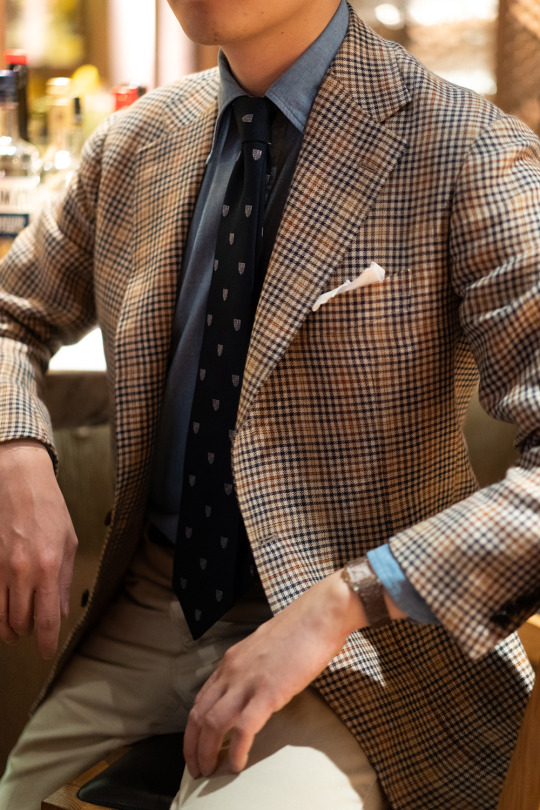
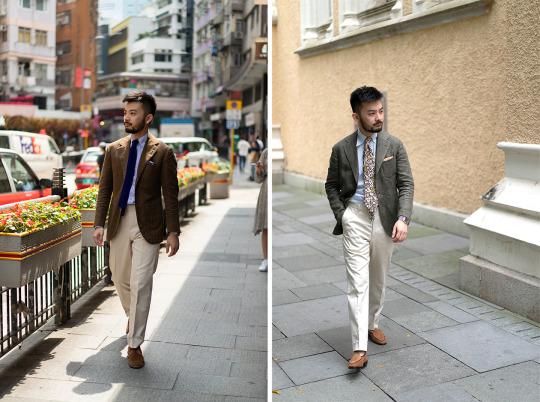
EARTHY SPRING COLORS
Tonal or low-contrast outfits can be a sophisticated way of making a statement. In the fall and winter seasons, you can do this by combining various shades of blue, brown, and olive. In the spring and summer months, however, you’ll want to brighten up those colors. Mark suggests doing this by sticking with earthy colors. “Cream cotton trousers, an earth-toned jacket, and a pair of snuff or brown suede shoes make for an easy tone-on-tone outfit,” he says. “I think this is the definition of smart casual. Cotton trousers will always feel casual, since they can get kind of rumpled, but by keeping things tone-on-tone, the outfit still feels nicely considered, especially if you wear a tie.”
I find stone cotton trousers go best with tan gun clubs and dark brown sport coats, but if you feel like things are getting away from you, try an olive linen jacket instead. You can also anchor things with a solid navy tie or darker blue shirt (or both together).
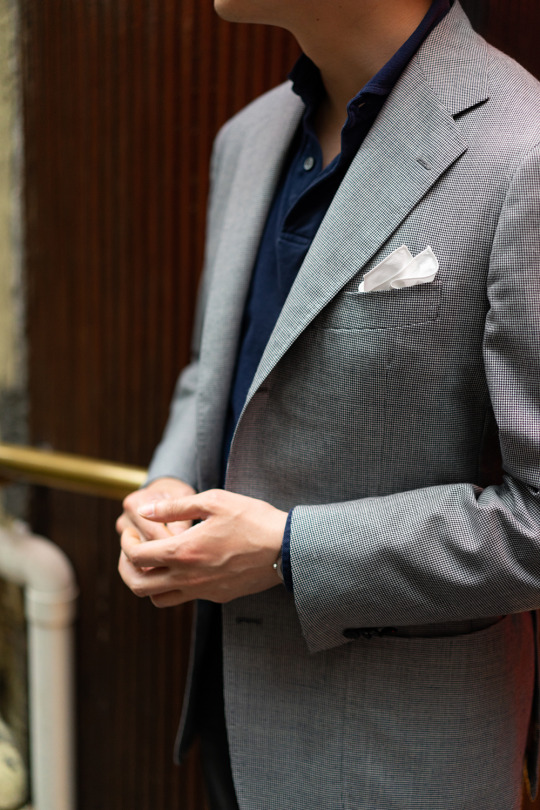

TONE-ON-TONE IN COOL COLORS
Colors have temperature, and subtle variations in shade and cast can give them different levels of warmth. Snuff suede shoes, for example, can have a warmer red or cooler green cast, which makes them pair better or worse with certain outfits (depending on the temperature of those items). This is why it can be hard to wear warmer brown shoes or purple-y navy trousers — they can draw the eye downward in what would otherwise be a cold ensemble.
For spring, Mark suggests playing with cooler tone-on-tone ensembles, but smartly accenting with a warmer colored accessory. “For instance, an Air Force Blue suit looks great with a navy necktie,” he says. “Then it’s worth adding a little bit of warm color through an accessory, such as a pocket square, to avoid looking too monotonous or somber.” In the photo above, you can see how a yellow pocket square instantly makes an outfit look cheery. Mark is also seen combining a navy, long-sleeved polo with a navy/ brown cotton seersucker suit and navy/ white houndstooth sport coat. “There’s something to be said for how navy polos can look less sporty than white polos. They can be dressier and more considered.”
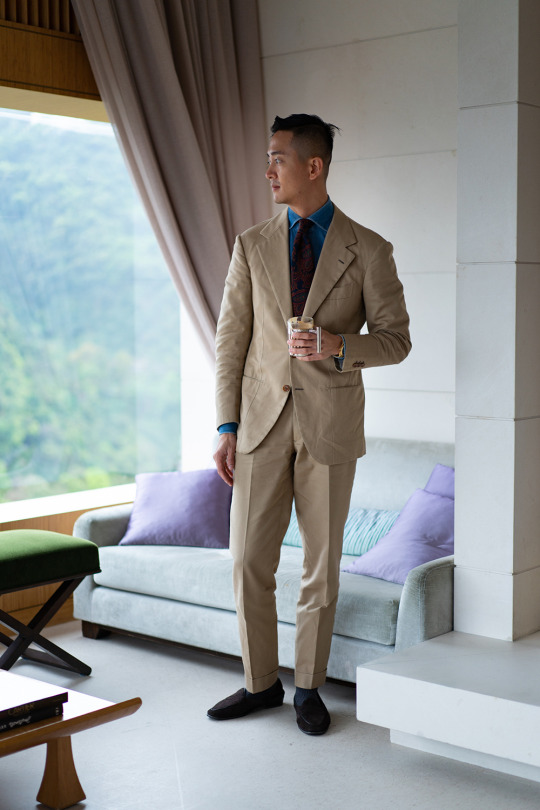
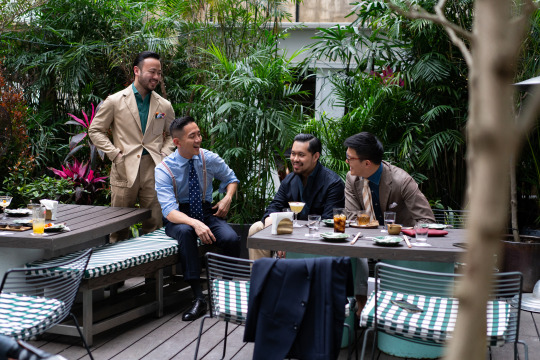
THE USEFUL COTTON SUIT
A few years ago, when I asked Drake’s Creative Director, Michael Hill, what he wears most, he immediately jumped to three items: unlined chukka boots; brightly colored Swatch watches; and cotton suits. Tailoring enthusiasts often eschew cotton for suits and sport coats because the material doesn’t have the same crimp as animal hair, so it wears stiff and doesn’t have much spring back quality. That’s also why Michael loves them.
I love cotton suits for all the reason why people hate them. They’re stiff, they crumple, the color fades. I can picture my cotton suit sitting on the end of my rail at home now. The way the sleeves curl, it looks like my arms are in them, and the sleeves will probably stay like that even after the jacket has been cleaned. If you get one in heavy drill cotton, the fabric almost moulds to your body. That’s the wonderful thing about cotton suits. They’re casual and age with you, much like a good pair of jeans.
Mark agrees. “Cotton suits look best when they’re comfortably worn in. They can be dressed up with a shirt and tie, or down with a polo. Alan’s cotton suit is five years old. The other one pictured in this lookbook is worn with a green polo. It has been washed to give it a head start on its aging. For men who wear tailoring, if a tweed sport coat is the denim of the winter, then a cotton suit is the denim of the summer.”
Perhaps the best thing about a cotton suit is that you can break it into separates. The jacket can be worn with jeans or linen trousers; the pants worn with linen sport coats or casual outerwear. I like them in earthy colors, such as tan and lighter shades of olive. Darker colors can also be handsome, but since darker cottons can fade in patchy ways, be aware they’ll show their age more readily. If you don’t like the stiffness in cotton, get something blended with just a touch of cashmere. It can make a big difference.
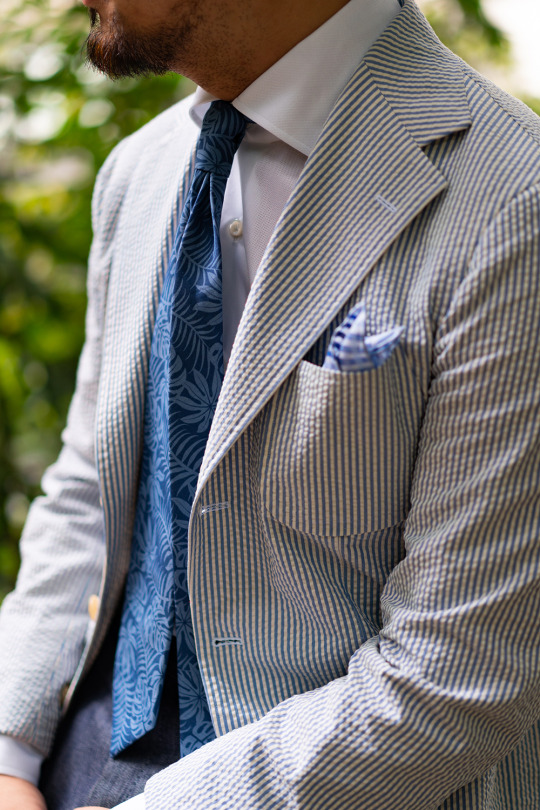
LARGE PATTERNED TIES
Ties will always dress up an ensemble, but they can swing a little more towards certain levels of formality or seasons. I find striped rep ties are usually best with casual suits and sport coats, while the small geometrics in most Macclesfield prints are often better with formal tailoring, such as charcoal or navy worsteds. Certain materials can also be seasonal. Raw silks are for spring/ summer, just as tweed, madder, and cashmere are typically reserved for fall/ winter. All things equal, larger patterns are generally more casual. “Large patterns with flowers or paisleys give a light, fresh feeling for summer,” says Mark. “I like them best when they are close to monotone, which evokes a sophisticated serenity.” In the photo above, you can see how a large scale, floral print tie goes naturally with a casual seersucker sport coat.
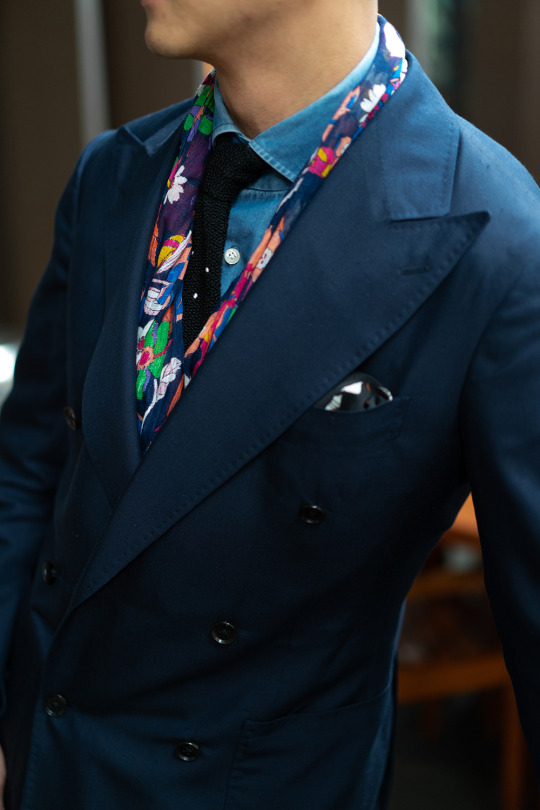
SILK AND SILK-BLEND SPORT COATS
Silk isn’t something you’d typically imagine for sport coats. Most of us wear wool, linen, and cotton for our jackets, then reserve silk for finer accessories such as ties and pocket squares. Much of that is because silk has a natural sheen and is known to wear warm – and nobody wants to look like they’re baking in a polyester suit.
In the right weight and weave, however, silk can make for a great summer sport coat. Italian mills – who I think are particularly good at making livelier, more creative summer fabrics – often use silk to get more textured cloths. A generation ago, some men wore Dupioni, a slubby, pure silk made in a plain weave. Pure silk sport coats can be hard to find today, however, especially in good qualities.
You’re much more likely to find silk-blends. A silk-linen blend will wrinkle a little less than pure linen – allowing the jacket to drape more cleanly at the end of the day, rather than riding up on your body. I also really like wool-silk-linen mixes. Wool-linen tends to have a very dry look, but when you add just a touch of silk, it can have a nice, not-over-the-top sheen. Plus, silk gives a yarn more strength, which is critical for open weaves that would otherwise be too brittle.
This season, The Armoury has a rare pure-silk jacket. “We choose our silk blazer cloth because of its vintage look,” says Mark. “The slubby fabric has a soft luster, which gives the garment a lovely, inviting feel.” I personally like the dry hand of the wool-silk and wool-silk-linen mixtures. The Armoury’s in-house Model 3 sport coat, which is loosely modeled after the Liverano silhouette and made by Ring Jacket in Japan, has a slightly fuller chest and extended shoulder line, which I think lend a more flattering proportion.
(Thanks to Mark for taking the time to talk with me for this post.)
